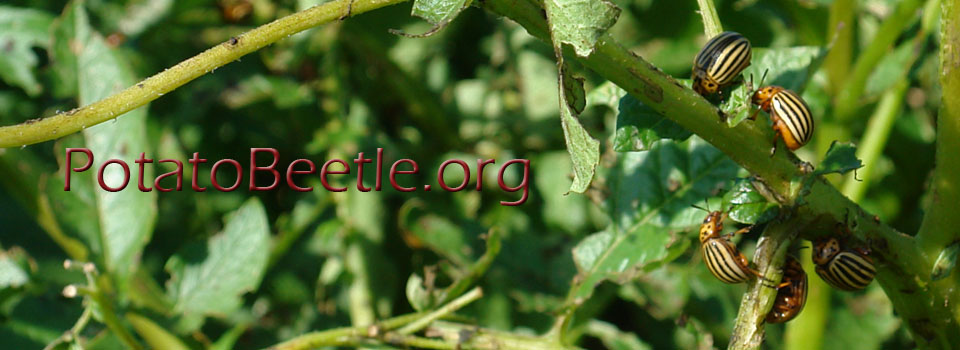Miller T, Crossley MS, Fu Z, Meier AR, Crowder DW, Snyder WE. 2020. Biological Control. 151:104403.
Prey commonly must compete with conspecifics for resources while also defending themselves against predators. Both competition and defense can reduce feeding opportunities, or otherwise strain prey energy reserves, even when the prey is not killed. This suggests that stress from competition and anti-predator defense might yield non-lethal harm that differs quantitatively rather than qualitatively. We examined this possibility for an herbivorous prey species, the Colorado potato beetle (Leptinotarsa decemlineata), feeding among differing numbers of intraspecific competitors while also avoiding predation by Nabis alternatus and Hippodamia convergens. In a field cage experiment, predators and intraspecific competitors similarly reduced the herbivores’ larval survival. Yet, only exposure to predators heightened the risk of beetles later being killed by entomopathogenic nematodes and fungi, as the beetles pupated in the soil. This suggests that the threat of predation was exerting physiological harm to the prey, although it was also possible that a tradeoff existed where those beetles most resistant to predator attack were most susceptible to pathogen infection. In a second experiment, we found that regular touching of larvae by predatory Nabis or Hippodamia, in the absence of actual predation, consistently induced predator-avoidance behaviors by the larvae (e.g., rearing, vomiting, wiggling, etc.) that might be energetically costly. Indeed, only being touched by predators, but not by a wooden dowel as a disturbance control, led to greater susceptibility to entomopathogens as pupae. Altogether, our findings suggest that non-lethal interactions with predators might carry a particular cost to beetles in heightened pathogen susceptibility, not seen when facing competitors or simple disturbance. Additional work is needed to determine the specific physiological mechanism underlying this apparent synergism in the effects of predators and entomopathogens, which spans prey life stages.
